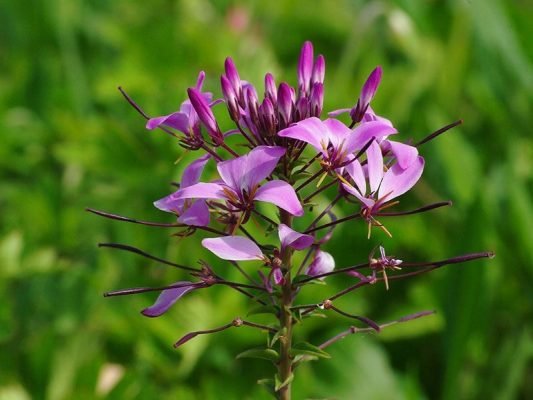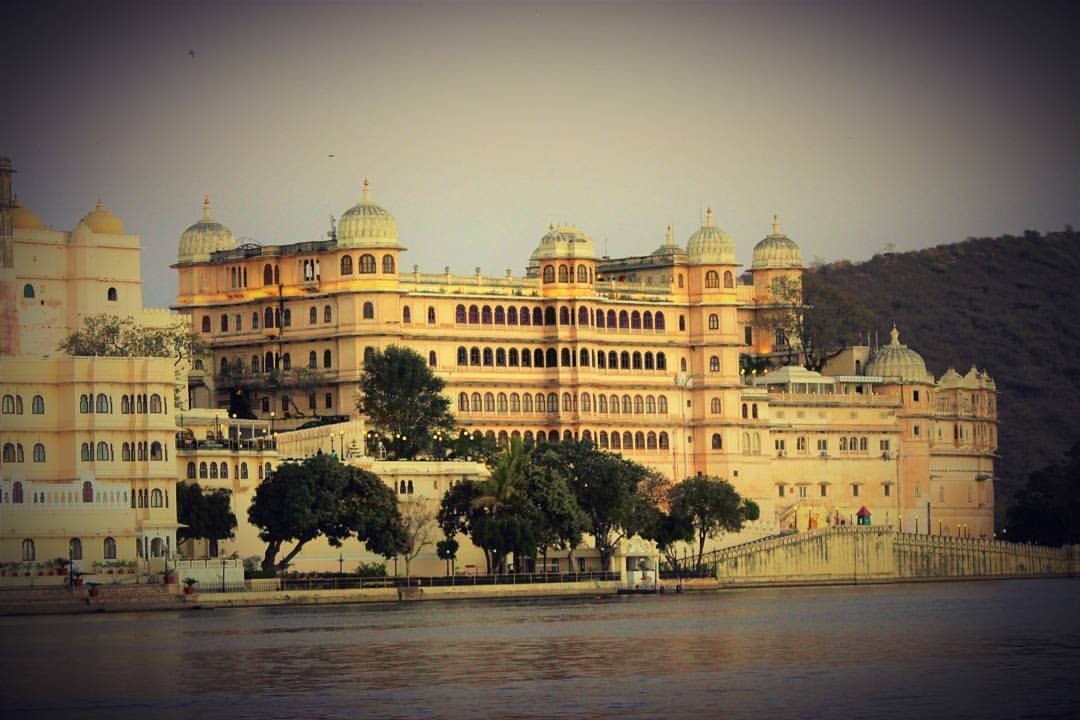Mukundra Hills Tiger Reserve is the third and latest tiger reserve situated in Rajasthan. It is also known as Darrah wildlife sanctuary. Earlier a hunting ground for the maharaja of Kota, Mukundra tiger reserve is now an asylum not just for the ferocious beauty but also for several other flora and fauna. The Mukundra Hills Tiger Reserve nestled between 2 parallel mountains- Mukundra and Gargola. The reserve which stretches for about 80 kilometers is bound by 4 rivers from 4 different sides- Ramzan, Ahu, Kali, and Chambal. Mukundra Hills Tiger Reserve is one of the best tiger reserves attraction for animal lovers.
The Darrah wildlife sanctuary came to be in 1955 and was declared a National Park in 2004. The park obtained the go-ahead from the National Tiger Conservation Authority (NTCA) in 2013 and was declared a tiger reserve in the form of the Mukundra Hills Tiger Reserve. Apart from its rich flora and fauna, the tiger reserve also has several other mesmerizing factors that attract tourists from all around the world.
THINGS TO DO IN MUKUNDRA HILLS TIGER RESERVE
1. Exploring The Rich Flora and Fauna

The sanctuary is pretty rich in terms of the fauna species. MHTR is a secure habitat for numerous mysterious animals like wild boars, nilgai, sloth bears, deer, and cheetah. The tiger reserve takes pleasure in having a high range of wolves and antelopes inside the region. Other animal inhabitants of the sanctuary are chinkaras and leopards. A top variety of reptiles and birds are also present within the sanctuary. This place genuinely gives the revel in of an entire life to the flora and fauna fanatics, presenting them an opportunity to explore the wonders of the natural world in their natural habitat. One unique feature of the Mukundra hills tiger reserve is that it doesn’t have a tiger for sanctuary. Yes, MHTR is the only tiger reserve in the country without a tiger to the harbor. That being said, it continues to exist as an extension of the Ranthambore national park which has almost a tiger population of 50. MHTR is said to relieve Ranthambore of further addition to the tiger population in the future.
Apart from a good variety of animal species, the MHTR also homes many unique plant species like trees, flowers, medicinal herbs, etc. The medicinal herbs that grow right here have many right healing qualities and the long bushy trees provide a peaceful shade. The extremely good fauna and first-rate flora can be explored by way of the hike into the heart of the Jungle. The sanctuary is a heaven for chook lovers and watchers because it has extra than 266 unique species of birds. The exceptional manner to explore and fully revel in the region is by way of a safari, however, the MHTR has not developed sufficiently to provide it yet.
2. Visit Gardia Mahadev Temple

Located at Daulatganj near Kota, Garadiya Mahadev Temple is not just a revered Hindu temple, it is also a popular tourist spot due to its vicinity on the scenic Chambal gorge. Towering at 500 feet from sea level on a picturesque cliff, the temple is sanctified by Lord Shiva. Famed for its tremendous scenic beauty and the views of the lush green plains spreading to infinity and beyond, the grounds near the temple oozes pristine beauty and sanctitude.
To top it all off, tranquil river Chambal flowing at the side accentuates the ambiance of this mesmerizing location. The region is one is undoubtedly one of a kind. The presence of several peacocks and different avian species provides a feast for the birdwatchers as well as the shutterbugs. If you are craving for a place to unwind and enjoy the solitude, the Gardia Mahadev Temple and the grounds nearby is the place to be.
3. Visit Chambal Gardens

Located at the banks of the Chambal river, Chambal gardens are the pride of Rajasthan. The striking feature of this garden is a quaint pond at the center of it. The pond is home to Gharials, more commonly known as fish-eating crocodiles. Wondering what you can do here? Sit by the side and merely observe the majestic creature swim away and showcase its instincts in preying or simply lazing under the sun.
A suspension bridge located in the garden is another enchanting aspect of the Chambal gardens. The garden is a top pick for picnickers in the city who frequently visit it. Against the backdrop of the serene river, a verdant garden is a place that will rejuvenate you without a doubt. It is a lifeline for anyone who’s seeking a respite from the city squabbles and monotonous routines. One stroll across the garden over well-maintained pathways amidst tall trees, lush green shrubs, and colorful and fragrant flower beds will refresh you ways you can’t fathom.
4. Visit Gagron Fort

Gagron fort exemplifies the architectural brilliance of the Rajput kingdom without fail. It is a masterpiece and hot tourist place as a result. The fort is built on top of a hillock and offers a mesmerizing 360-degree view of the landscape below. Apart from a museum outside the fort gates, there is also a mausoleum of Sufi Saint Mitthe Shah. The saint is highly respected by the locals of the area and a fair held during Muharram to mark the respect for him. The fort boasts of beautiful architecture, sturdy walls, and an all-around royal aura. Unsurprisingly this fantastic piece of architecture was declared a world heritage site by UNESCO in 2013.
5. Visit Kishore Sagar and Jagmandir Palace

Kishore Sagar is an artificial lake dating back to 1346 constructed by the Bundi Prince Dehra Deh. It located by the side of the attractive Brij Vilas palace museum. The lake is a perfectly picturesque location and will transport you to a time forgotten without fail. If you ever visit the great MHTR, it would be almost a crime to not visit the Kishore Sagar lake which only a few kilometers away.
A palace named Jagmadir is located at the heart of the museum. The enchanting palace is a red sandstone monument of the grandeur days of Kota. The reflections of the exquisite palace walls and domes in the azure water of the Kishore Sagar Lake are breathtaking. A visual treat for photo fanatics and nature lovers.
HISTORY OF MUKUNDRA HILLS TIGER RESERVE

Before being declared a tiger reserve, the MHTR was known as The Darrah wildlife sanctuary was declared as a National park in 2004. The total area of the National park was about 200 km2. At this time, it was renamed as Mukundra Hills National Park. Essentially, it was a combination of three wildlife sanctuaries namely Darrah wildlife sanctuary, Chambal wildlife sanctuary, and Jaswant Sagar wildlife sanctuary.
The park got the nod from National Tiger Conservation Authority (NTCA) in 2013 and the state (Rajasthan) bagged its third tiger reserve in the form of the Mukundra Hills Tiger Reserve.
In earlier times, the Darrah National Park used to be a royal hunting game reserve for the Maharaja of Kota. Because of the abundance of astonishing wildlife creatures. The name Darrah means ‘pass’ in the local language implying the purpose this region served during that time. The Rajputs, the Marathas and the British exploited the privileged position of these forest grounds to seek asylum during wars. In 1955, the Government of India declared this region as a protected area and rest is history.
HOW TO REACH MUKUNDRA HILLS TIGER RESERVE
MHTR is 50 kilometers away from Kota. The bus station at Kota is well connected to the major cities of Rajasthan like Jaipur, Ajmer, Chittorgarh, and Udaipur. It takes roughly around 6 hours to reach Kota from these cities. The nearest airport from Mukundra Hills Tiger Reserve is Udaipur which is around 300 km from Kota. The nearest railway station is however the Kota railway station located about 50 km from the Mukundra Hills (Darrah) National Park.
A FEW TIPS BEFORE THE VISIT
Visitors can visit the tiger reserve throughout the year, however, the best time to visit is between February and May. The sanctuary is open all through the year except between 1st July to 30th September when maintenance work is done
The sanctuary is open for visitors from 10 am to 5 pm every day. Tourists have to take signed permission from the local forest ranger to visit the sanctuary. The visitors can explore the wild side of Rajasthan during this time enjoying the comfortable weather.
A sunscreen cream might come in handy to protect yourself from the blazing sun in Rajasthan. The summers in Rajasthan are brutal, hence it is better to keep enough summer clothes to have the best possible experience.
That’s a few important you need to know before they visit Mukundra hills tiger reserve. What are you waiting for? The hills are calling.




